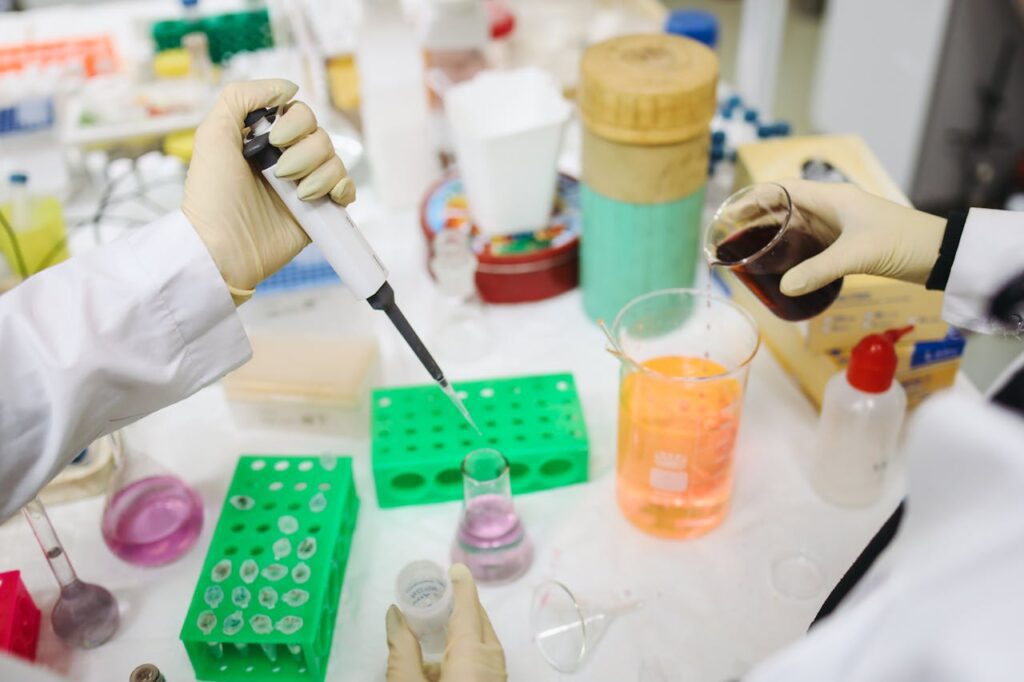- Last Updated: October 16th, 2025
Key Takeaways
- Every second, our planet bears the weight of 13 tons of hazardous waste.
- Over just one generation, the production of man-made chemicals has surged by an astonishing 40,000%.
- Today, more than 100,000 different chemical substances are embedded in everyday products.
Chemical Waste Statistics 2025
From manufacturing processes to everyday products, the presence of chemical substances in our environment is more prevalent than ever. These statistics highlight not only the scale of waste but also the need for effective waste management solutions.
As providers of chemical disposal services, we are at the forefront of addressing these challenges, ensuring that businesses can mitigate their environmental impact responsibly.
Here’s a closer look at the startling data shaping our industry today.
13 Tons Of Hazardous Waste Are Produced Every Single Second
Every second, our planet bears the weight of 13 tons of hazardous waste. This staggering statistic underscores the scale of chemical waste generated continuously around the globe.
It is a vivid reminder of the pace at which industries produce waste and the need for robust chemical disposal strategies. This constant flow of hazardous materials demands not only effective handling but also long-term sustainability plans to safeguard our environment.
In Just One Generation The Production Of Man-Made Chemicals Has Increased By 40,000% From 1 Million To 400 Million Tons
Over just one generation, the production of man-made chemicals has surged by an astonishing 40,000%, escalating from 1 million to 400 million tons annually. This explosive growth reflects the rapid industrial expansion and the increasing diversity of chemical applications in various sectors.
However, this progress comes with significant environmental stakes, as managing such volumes of chemical waste poses challenges and risks, emphasising the critical role of advanced disposal and recycling technologies.
More Than 100,000 Different Chemical Substances Can Be Found Across Everyday Products
Today, more than 100,000 different chemical substances are embedded in everyday products, from household cleaners to business products. This widespread integration of chemicals into daily life increases the potential for exposure to hazardous substances, raising concerns about public health and safety.
It also complicates the spectrum of waste we must manage, necessitating specialised knowledge and techniques to effectively handle and dispose of diverse chemical waste.
Around 15% Of All Waste Generated By Healthcare Activities Is Hazardous Waste, According To The World Health Organisation (WHO)
According to the World Health Organization (WHO), about 15% of all waste generated by healthcare activities is classified as hazardous. This includes waste containing pathogens, chemicals, and radioactive materials.
The unique and dangerous nature of this waste demands specialised disposal methods to prevent contamination and protect public health.
As the volume of hazardous waste from healthcare continues to grow, so does the importance of ensuring these materials are managed with the highest standards of safety and efficiency.
What Do These Chemical Waste Statistics Mean For Us?
The chemical waste statistics paint a picture of the current state and trajectory of chemical waste production and disposal. As environmental stewards, it is our duty to respond with innovative and sustainable solutions that address the disposal difficulties of managing large volumes of chemical waste.
By continuing to enhance our services and expand our capabilities, we can help industries manage their chemical waste more effectively, contributing to a safer, cleaner world.


